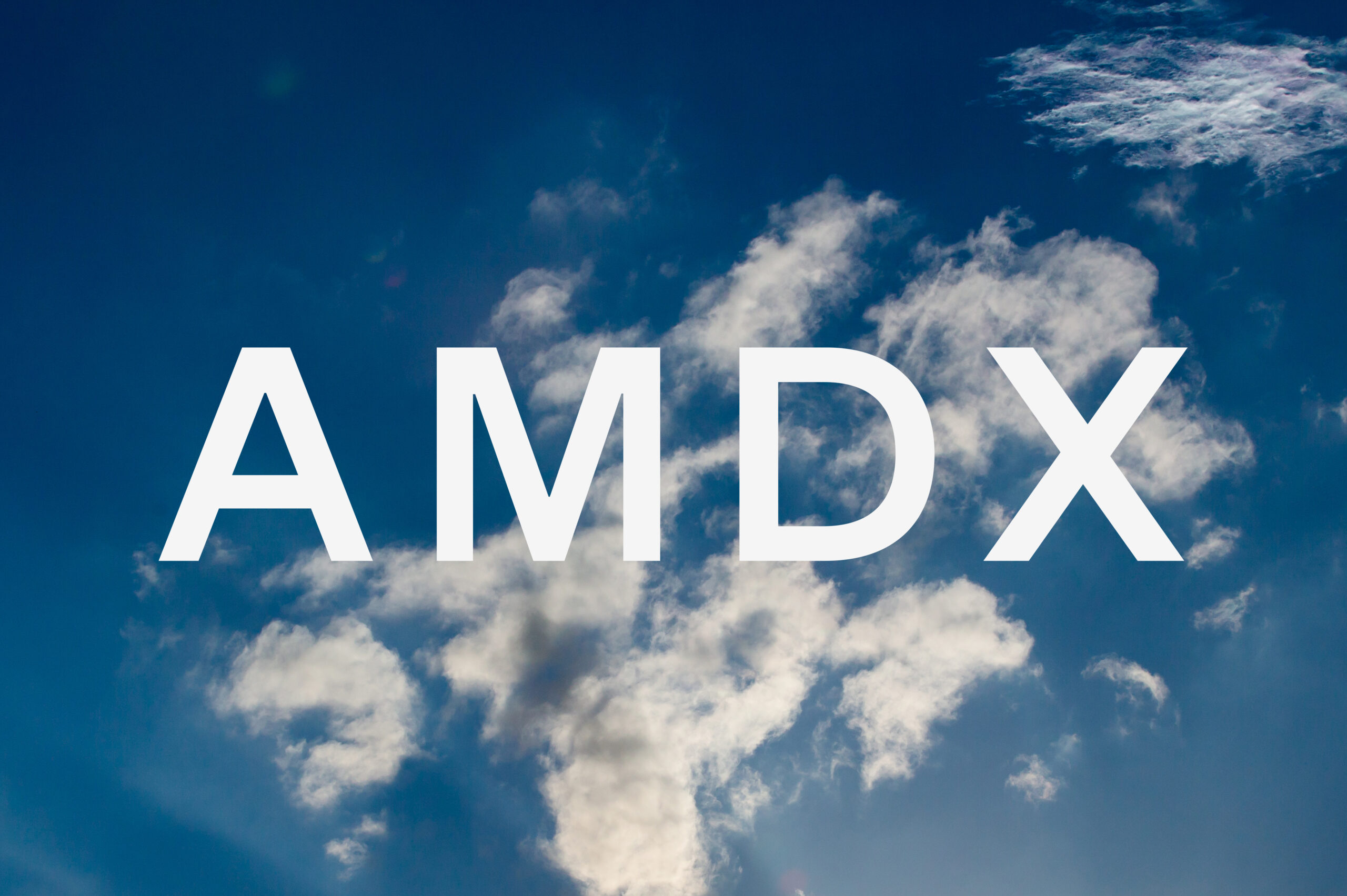5 tips for maximizing your brand’s impact in the affiliate marketing channel
There’s no better time than the new year to give all of your marketing initiatives a reset. Your affiliate marketing program is no exception to this rule. With the craziness of the fast-paced holiday season behind us, now’s the time to take a step back and reflect on not only what worked exceptionally well, but also how you double-down on those learnings to drive even more success in the year ahead.
For any brand or e-commerce-enabled business that has more than dabbled in affiliate marketing over the years, you know that it’s not one of those “if you build it, they will come” situations. You can’t just launch an affiliate program and leave it on autopilot in hopes that, over time, it will magically transform into a “golden egg” on its own.
Quite to the contrary, running a successful affiliate marketing program requires continuously making an investment: in new publishers and partners, in new technologies, and in new go-to-market strategies. In other words, to do affiliate marketing right, it can’t ever be an afterthought. Getting the most out of the channel requires a little time and effort.
While there are some general best practices for running successful affiliate marketing programs, there are a few things that e-commerce-enabled businesses should do now to ensure the continued growth of their affiliate marketing programs in 2024. Here are five tips to get you moving in the right direction.
1. Diversify your affiliate partners
It’s important to remember that the affiliate is, first and foremost, a performance marketing channel. This is especially true for brands that consider affiliate marketing to be merely an extension—or in some cases, a replacement—of PR activities and, as a result, choose to partner almost exclusively with content publishers. While very few brands would say “no” to securing great coverage in a variety of top-tier pubs or collaborating with influencers, bloggers, and other content creators on high-impact campaigns, relying only on this subset of the broader affiliate marketing ecosystem is a missed opportunity.
Truth be told, affiliate marketing programs perform their best when all levers are pulled. This includes a carefully curated mixture of coupon and deals publishers, loyalty and cashback programs, conversion rate optimization and audience retargeting providers, and performance marketing-focused (aka, ad tech) tech platforms in addition to a solid array of brand-relevant content publishers and content creators.
At the end of the day, there are two primary goals of any affiliate marketing program: 1) generating incremental revenue and 2) acquiring net-new customers. By diversifying your network of publishers and partners, you will increase the chances of your brand being found in the places where your target customers are not only engaging in conversations about your products and services but also actively searching for great deals that can significantly expedite their path to purchase.
Pro-Tip > It’s no secret that the content publisher ecosystem tends to command steep commission rates compared to higher volume, high-conversion performance publishers. Diversifying your publisher mix can help you achieve a healthier blended CPA across your entire affiliate marketing program and balance out the higher rates you’ve offered to content creators.
2. Land more product reviews
Word-of-mouth advertising continues to be one of a brand’s most valuable assets. It has the persuasive power to move shoppers through the marketing funnel, more specifically from “consideration” to “conversion”—so much so that evaluating ratings and reviews is now an almost de facto part of the shopper journey. A recent study conducted by Dixa proved this to be true. They found that 93% of customers will read online reviews before making a purchase, while 47% will take the time to share a positive experience and another 95% will not think twice about sharing a negative experience.
Knowing that potential new customers are doing their due diligence to suss out your brand before committing to a purchase means one thing: you need to get as much positive coverage about your brand’s products and services in front of your customers. The best way to do that is by locking in a handful of well-optimized and easily searchable product reviews that can help guide new customers closer to the checkout page so they can complete their purchase with confidence.
Fortunately, there are tons of high-quality product review publishers within the affiliate space. This includes the likes of editorial-driven Wirecutter, niche darling TechRadar, and SEO workhorse Honest Brand Reviews—along with social media influencers, bloggers, and vloggers with massive followings. Content creators like these have garnered a loyal following because of their comprehensive, objective, and highly trusted take on the products and services they review, ultimately helping shoppers overcome roadblocks along the final stages of the purchase journey. For this reason, product review-driven content tends to be the highest-converting within the content publisher ecosystem. This is truly an example of the power of word-of-mouth advertising at its best.
Finally, the engagement model for each type of product review publisher may differ slightly. For instance, some are strictly pay-to-play while others may offer trade media in return for boosted CPA or gifted product—or a combination of all of the above. Either way, if your brand sells an easily giftable product, it’s worth establishing a year-round gifting program to keep the product reviews flowing.
3. Be smart(er) about paid placements
It’s easy to fall into the trap of only allocating budgets to paid media during peak shopping periods—like Black Friday, Cyber Monday, and basically, the entire holiday season. True, upping media spend during these periods is a tried and true way to increase brand visibility and capitalize on moments when consumers are shopping en masse. But it also tends to be more expensive, too.
If your brand is in a highly saturated industry or category, it could be tough to cut through the noise when every other brand similar to yours is doing the same thing. The same can be said for niche brands—even those with few competitors—because consumers are essentially being pummeled by marketing messages from every media channel during these times. At a certain point, shoppers can become over-saturated and start to block everything out. This won’t lead to a positive ROI.
Instead, consider buying paid placements at “off” times throughout the year when your brand won’t necessarily be head-to-head with the competition or struggling to stand out amidst an onslaught of marketing messages. Not only is this a great strategy for improving brand awareness—which is absolutely essential for new-to-market, niche, or lesser-known brands—but also for building momentum that will keep your brand top-of-mind when those peak shopping periods do come around.
Even better, if your brand is highly affected by seasonality that doesn’t coincide with peak shopping periods, invest in paid placements at times when you know your target customers are shopping. After all, why pay higher media rates in Q4, just because all other brands are doing it when you can use your available marketing budgets more effectively to move the needle?
4. Understand how your customers shop today
Shopper habits are changing rapidly as new technologies continue to shape the customer experience. How your target customers shopped with your brand five years ago—or even one year ago—may be drastically different from what their experience looks like today.
As a general best practice, take a ‘temperature check’ at various points throughout the year to evaluate how your customers’ habits are changing and what kind of impact that’s making on the end-to-end customer journey. Having these real-time insights handy can help you optimize all the marketing channels your brand activates—affiliate included.
Knowing this can inform how you evolve your publisher mix, how you determine the cadence or segmentation of your marketing promotions, what creative assets you develop, how you plan and buy paid media when you leverage influencers, where you hone in on conversion along the customer journey, and so on. As the rules of the customer experience continue to change in the face of new technologies, how to spark success in different marketing channels will need to change, too.
5. Prepare now for significant industry-wide changes
The world of affiliate marketing is experiencing an era of massive change. From Google rewriting the rules of attribution to slowly phasing out cookies to artificial intelligence gradually transforming every aspect of affiliate program management—brands must prepare now for what the future holds.
It may seem a bit overwhelming because so much of the ‘status quo’ of the affiliate channel seems to be getting turned upside down all at once. But with change comes new opportunity: great innovations will happen when brands, agencies, networks, publishers, and solutions partners across the entire affiliate ecosystem proactively seize this opportunity to build the next generation of affiliate marketing together.
For many of us, though, here’s what’s top of mind right now:
GA4 and attribution measurement
For years, Google’s Universal Analytics was a marketer’s proverbial “source of truth” for understanding all things related to attribution and conversion. But with the launch (and forced migration) of GA4, a lot of that got thrown out of the window. One of the biggest challenges has been GA4’s shift to Data-Driven attribution: a dynamic attribution model that analyzes a user’s source, medium, and campaign combinations to a “weighted system” that aims to pinpoint which part of the customer journey most likely played the biggest role in driving a conversion.
While marketers can still create reports using more traditional attribution models—First-Click, Last-Click, Linear, and so on—the default in GA4 is now Data-Driven attribution. This has proved to be problematic for a number of reasons. First, the data-driven attribution model is run by Google’s own machine learning algorithms, which bias the company’s products and services. Second, the source dimension has become complex. Choosing “first user source,” “session source,” or default “source” can provide wildly different results. Third, even sneakier, the following reports use specific source types as their defaults:
- Acquisition → User Acquisition Report = First User Source
- Acquisition → Traffic Acquisition Report = Session Source
- Advertising → Advertising Snapshot = Default Source (based on your set UTM parameters)
If you’re unaware of these nuances or still grappling with how to create custom reports in GA4 based on your preferred attribution models, this will have felt like a major departure from Universal Analytics. On top of that, being that the affiliate marketing ecosystem is, in large part, a last-click attribution channel, the default shift to data-driven attribution has made it harder to find commonalities with the data across GA4, affiliate marketing networks, and e-commerce platforms. Part of this simply comes down to understanding the nuances of GA4 and establishing baseline attribution standards to ensure consistent reporting, analysis, and insights across all advertising and e-commerce platforms.
Pro-Tip > To see a side-by-side comparison of different attribution models at once, check out the Advertising → Attribution → Model Comparison report.
Cookie deprecation
We’ve known this has been coming for a while now, but now it’s actually happening—and the digital advertising industry doesn’t seem to be completely prepared. Beginning in January 2024, Google officially started to phase out third-party cookies from one percent of Chrome browser users, with the ultimate goal of purging all third-party cookies from Chrome users globally by Q3 2024. This is part of the company’s move towards reinforcing user privacy and data security, which will be supported by the “Privacy Sandbox” initiative—a series of post-cookie solutions that aim to enable greater privacy standards in the world of digital advertising.
Obviously, phasing out of third-party cookies will have major implications for the affiliate marketing channel. We’ve already seen the impact of this with the removal of third-party cookies in Firefox, the ability to disable cookies in Apple iOS and, even prior to that, cookie opt-in requirements under frameworks like GDPR (Europe) and the California Consumer Privacy Act (CCPA). However, since Chrome holds 65% of market share among web browsers, this is truly the official “death of the cookie.”
Although the sunsetting of cookies will change the way advertisers track user behavior and measure attribution, it’s by no means the death of digital advertising as a whole. The good news is that advertisers can still leverage first-party cookies—which encompass information that users are willing to share with brands directly—to create better and more personalized customer experiences that can actually make affiliate marketing efforts even more effective. Additionally, affiliate networks have been busy developing highly accurate clickless (aka, cookie-less) tracking solutions. Rakuten Advertising’s Linkless Code Tracking technology is a great example of this. We expect to see many more solutions like this roll out across the entire affiliate ecosystem in the coming months.
One thing to note, however, is that, from the very beginning, the affiliate channel has always been about relationships. As the industry moves to a cookie-less world, these relationships won’t change. If anything, they’ll get stronger and, potentially, enable the affiliate channel to play a more prominent role in a brand’s marketing toolkit as other digital advertising channels struggle to get their sea legs. This will be critical when working with content publishers, influencers, bloggers, and other content creators.
Artificial intelligence
It goes without saying that artificial intelligence (AI) is on everyone’s minds these days. While we’ve only started to see glimmers of AI’s impact on the affiliate marketing industry, it’s clear that many innovations are underway, by both affiliate networks and publishers, to make the channel more efficient, effective, and value-driven for brands. This may come in the form of highly customized publisher recruitment, streamlined placement planning, smart budget forecasting, real-time ROI optimization, industry benchmarking, creative asset generation, fraud detection, and the list goes on.
What we know is that as AI becomes an increasingly powerful amplifier of affiliate marketing effectiveness, it will unlock untapped opportunities that could conceivably transform affiliate marketing into a brand’s most valuable, profitable, and high-performing marketing channel. This is definitely a space to watch, as the impact of AI on affiliate marketing will evolve quickly in the coming months.
The year ahead holds a lot of promise for brands to spark meaningful growth and expand their influence across the entire affiliate marketing channel. With so many exciting innovations poised to make the affiliate marketing ecosystem more impactful than ever before, it’s incumbent upon brands and e-commerce-enables businesses to act now—not only to think differently about how to leverage the channel in smarter, more holistic ways, but also to embrace new standards around measurement, attribution, automation, and real-time intelligence to unlock new kinds of value.


